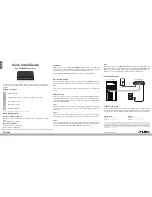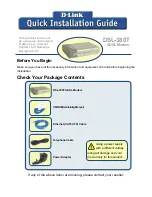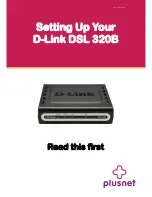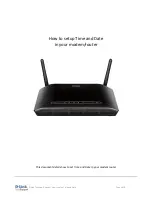
20
2.3.5
Echo Cancel
There is a circuit that prevents data transmitted around a ring by a unit operating in Master Fault
Tolerant mode from being output as received data (RD). This data would normally be termed an ECHO.
Some software is intolerant of echoed data.
Echo cancel is mandatory when operating in RS485, 2-wire mode to prevent data corruption, optional
in other interface modes.
In addition, when operating in RS485 2-wire mode it is possible to have the electrical data corrupted
due to the fact that the transmit data input and the echoed data output occurs on the same pair of
wires.
2.3.6
Redundant Ring Break Detector
When a unit is operated in Master Fault Tolerant mode, a circuit is automatically engaged that will
detect if either or both of the signals transmitted in opposite directions around the dual fiber ring fails
to arrive back at the master unit, indicating a re-transmission failure or fiber break in one or both of
the rings. If this occurs, the FAULT LED will illuminate and the dry contact relay will activate.
Examining the RX1
and RX2 indicators, or running the simple BERT test (see 2.3.7), should reveal which ring has the
problem.
2.3.7
BERT
The unit has a built-in rudimentary BERT signal generator and detector. This feature may be used off-
line such as in system installation or in a troubleshooting session to quickly indicate the integrity of a
transmission path in the network. If properly received, the green BERT indicator will illuminate steadily.
Any one unit in the network at any one time may be chosen to initiate the BERT signal. If initiated by
the master unit in a fault tolerant ring, removing the fiber from one, then the other, output port will
allow for the separate testing of each ring. The blinking of the BERT indicator during normal data
transmission is meaningless and should be ignored. The indication of this LED is only valid while a
BERT generator is enabled. The
BERT test signal may be transmitted via either or both optical ports as enabled by switches 3 and 4 of
the MODES dipswitch.
2.3.8
Remote Master Mode Selection
The unit may be selected to change from Local to Master mode by attaching an external switch closure
between the G and M terminals of the 5-position terminal block shared with the alarm relay contact
outputs. Alternately, an active LOW TTL logic level may be input to the G terminal. With this feature,
different units in a network may serve as the master at different times. To use this feature, the
Master/Local switch, position 1 on the MODES dip-switch, must be in the UP, or OFF position (Local
Mode selected).
Summary of Contents for 9525A
Page 2: ......
Page 12: ...12 FIGURE 1 MODEL 9525A ENGINEERING VIEWS AND DIMENSIONS...
Page 16: ...16 FIGURE 3 FAULT TOLERANT RING ARCHITECTURE...
Page 29: ......











































